Curly Kale Herb Seeds (Brassica oleracea var. sabellica) is a type of leafy green vegetable from the Brassica family, known for its frilly, curled leaves. It is rich in nutrients, easy to grow, and a favorite among gardeners for its hardiness and versatility in the kitchen. While often classified as a vegetable, kale is sometimes referred to as a herb due to its medicinal and culinary uses. Here’s a guide on Curly Kale Herb Seeds:
1. Germination and Planting of Curly Kale Herb Seeds
- Soil: Kale thrives in well-drained, loamy soil enriched with organic matter. It prefers slightly acidic to neutral soil with a pH of 6.0–7.0.
- Sowing: Kale can be started from seeds indoors 6–8 weeks before the last frost or sown directly into the garden 2–4 weeks before the last frost. It also grows well as a fall crop, and seeds can be sown in late summer for a fall harvest.
- Planting Depth: Sow seeds about 1/4 inch (6 mm) deep. Keep the soil consistently moist until germination, which usually occurs within 5–10 days.
- Sunlight: Kale prefers full sun (at least 6 hours of sunlight per day), though it can tolerate partial shade, especially in warmer climates.
- Spacing: Thin or transplant seedlings to about 12–18 inches apart to allow ample room for the leaves to spread.
2. Growth and Care of Curly Kale Herb Seeds
- Watering: Kale requires consistent watering, especially in dry conditions. Keep the soil evenly moist but not waterlogged. Mulching around the base of the plant can help retain moisture and suppress weeds.
- Fertilization: Kale is a heavy feeder, benefiting from regular applications of organic compost or a balanced fertilizer (rich in nitrogen) throughout the growing season.
- Temperature: Curly kale is a cool-season crop and grows best in temperatures between 55–75°F (13–24°C). It becomes sweeter after exposure to light frost, making it a great candidate for fall and winter harvests.
3. Culinary Uses of Curly Kale Herb Seeds
- Flavor Profile: Curly kale has a slightly bitter, earthy flavor that mellows with cooking and exposure to frost.
- Uses: Kale is incredibly versatile in the kitchen and can be used in various dishes:
- Salads: Young, tender kale leaves can be eaten raw in salads, often massaged with olive oil or lemon juice to soften the leaves and reduce bitterness.
- Stir-Fries: Kale can be sautéed or stir-fried with garlic, onions, or other vegetables for a healthy side dish.
- Smoothies: Kale can be blended into smoothies for a nutrient-rich boost.
- Soups and Stews: Kale holds up well in soups and stews, adding texture and nutrients.
- Chips: Baked kale chips are a popular healthy snack, made by tossing the leaves in olive oil and seasoning before baking them until crispy.
4. Nutritional Benefits of Curly Kale Herb Seeds
- Rich in Nutrients: Kale is considered a superfood due to its high content of vitamins A, C, and K, along with minerals like calcium, iron, and potassium.
- Antioxidants: Kale is loaded with antioxidants, such as beta-carotene, flavonoids, and polyphenols, which help fight oxidative stress in the body.
- Fiber: Kale is an excellent source of dietary fiber, which supports digestive health and helps regulate blood sugar levels.
- Low in Calories: Despite being packed with nutrients, kale is very low in calories, making it a great addition to weight-conscious diets.
5. Medicinal Uses of Curly Kale Herb Seeds
- Anti-inflammatory: Kale’s high content of vitamin K and omega-3 fatty acids make it a natural anti-inflammatory, helping to reduce inflammation in the body.
- Bone Health: Kale’s calcium and vitamin K content support strong bones and can help prevent osteoporosis.
- Heart Health: The antioxidants and fiber in kale help support cardiovascular health by lowering cholesterol and reducing the risk of heart disease.
- Detoxification: Kale contains sulfur compounds that support liver detoxification and help remove toxins from the body.

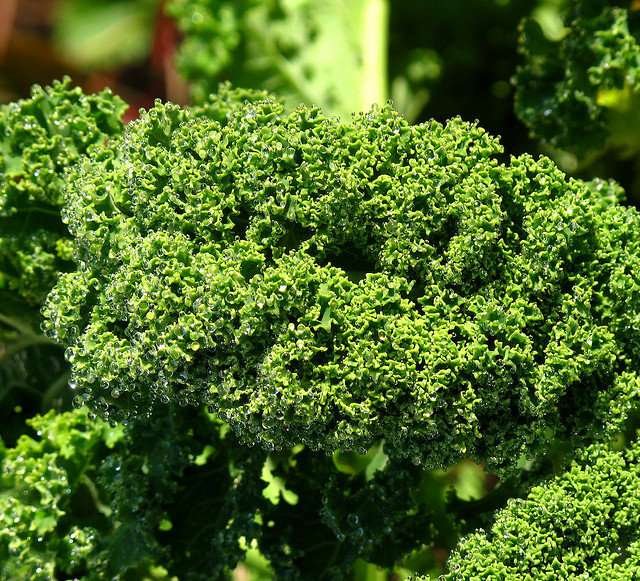

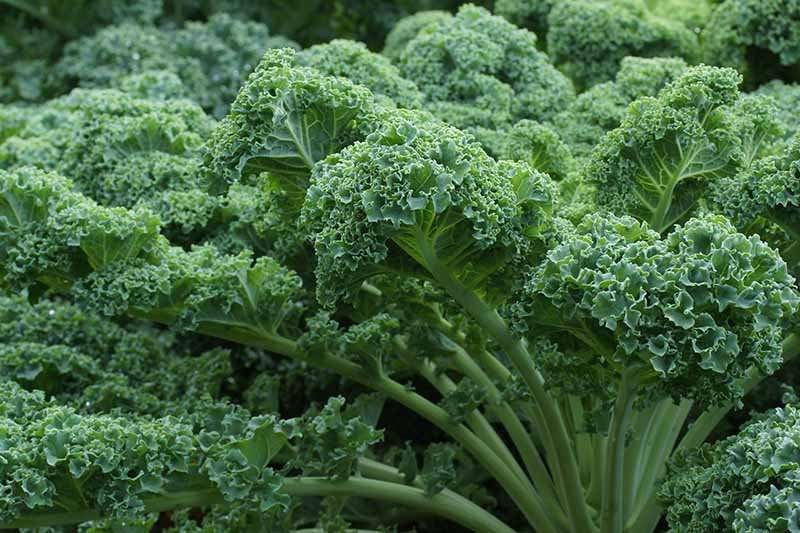
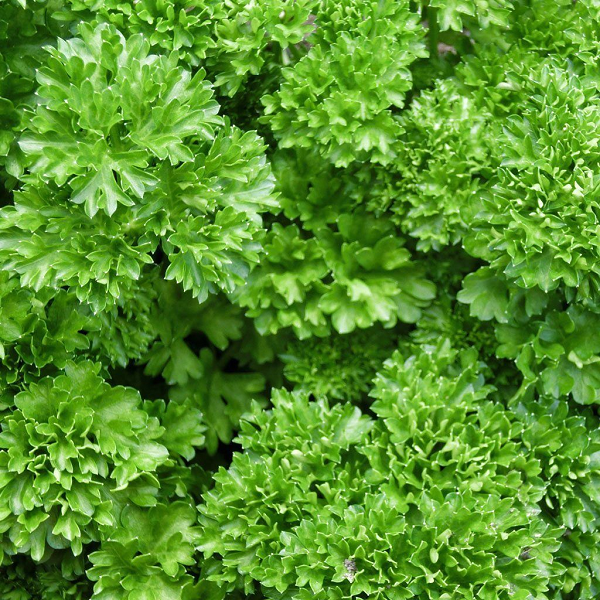
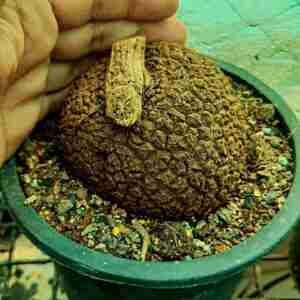
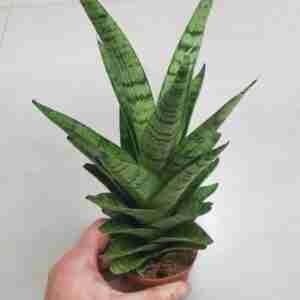
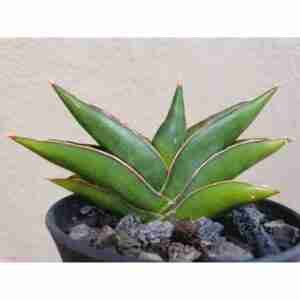

Reviews
There are no reviews yet.